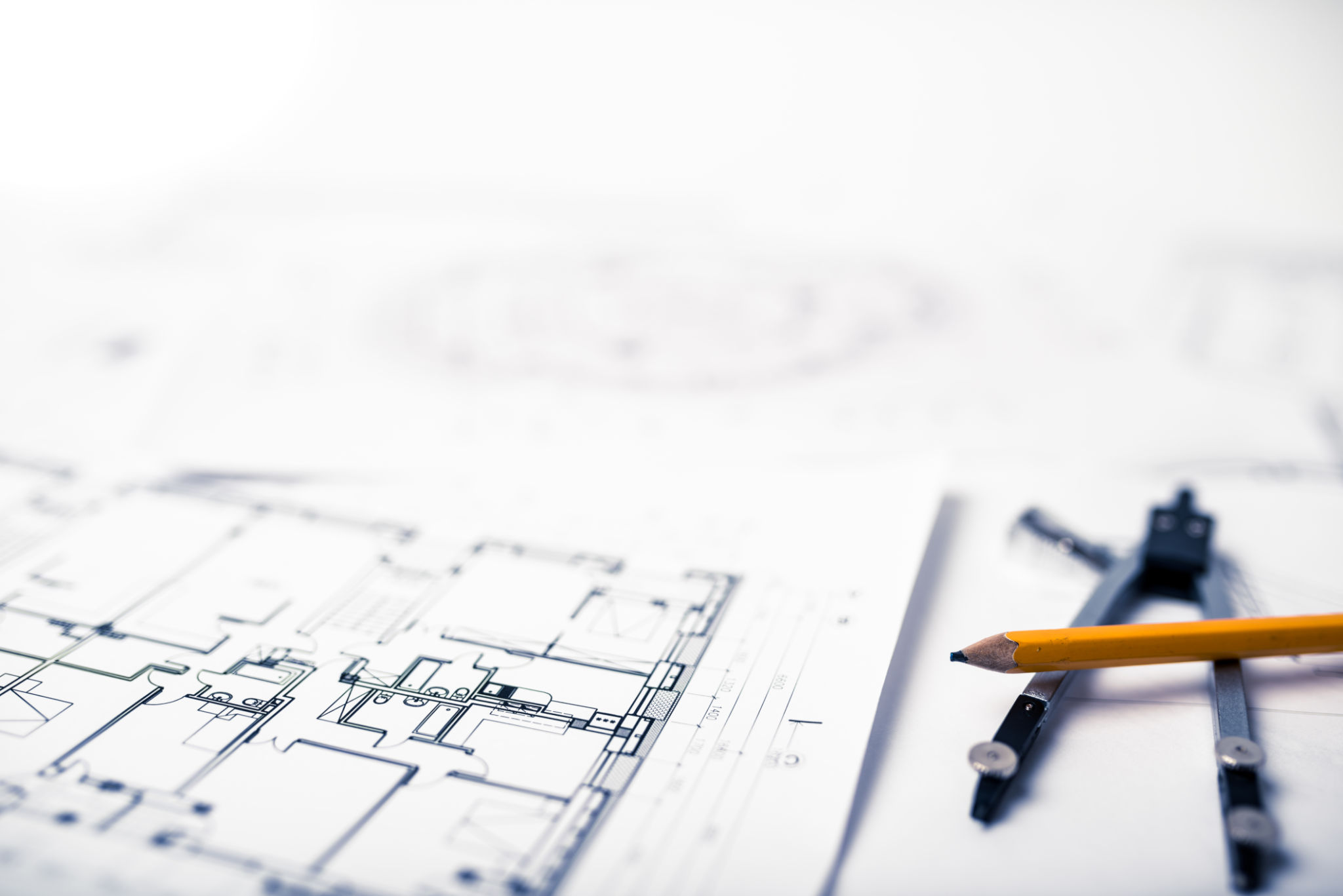Understanding the Construction Process: A Step-by-Step Guide
Introduction to the Construction Process
The construction process can seem daunting to those unfamiliar with the industry. However, understanding the step-by-step journey from concept to completion can demystify the complexities involved. Whether you're planning a residential project or a commercial development, this guide will walk you through the essential stages of construction, ensuring a smoother and more informed experience.

Pre-Construction Planning
The first phase of any construction project is pre-construction planning. This stage involves defining the project's scope, budget, and timeline. Engaging with architects and engineers to create detailed blueprints and specifications is crucial. During this phase, it's important to conduct site assessments, obtain necessary permits, and establish a communication plan with all stakeholders. Effective planning lays the foundation for a successful project.
Design and Development
Once the initial planning is complete, the design and development phase begins. This involves refining architectural designs, selecting materials, and finalizing structural elements. Collaboration between architects, designers, and clients is vital to ensure the project meets aesthetic and functional goals. This phase also includes value engineering, where cost-effective alternatives are explored without compromising quality.

Procurement and Contracting
Procurement is the process of acquiring the necessary materials and hiring contractors for the construction work. This stage involves obtaining bids from suppliers and subcontractors, negotiating contracts, and ensuring that all parties understand their roles and responsibilities. Proper procurement guarantees that the project stays within budget and progresses according to schedule.
Construction Phase
The actual construction phase is where plans come to life. It begins with site preparation, which may include demolition, excavation, and grading. Following this, the building's foundation is laid, and structural work such as framing and roofing takes place. Throughout this phase, regular inspections ensure that the work adheres to local codes and regulations. Clear communication between project managers and contractors is crucial to address any issues promptly.

Quality Control and Inspections
Quality control is a critical aspect of the construction process. Regular inspections by qualified personnel ensure that materials and workmanship meet specified standards. Any defects or deviations from the plan are identified and corrected promptly. Maintaining high-quality standards throughout construction helps avoid costly repairs or modifications after project completion.
Project Completion and Handover
As the construction phase winds down, the project enters the completion stage. This involves final inspections, punch list items (minor tasks that need finishing), and obtaining a certificate of occupancy. Once all criteria are met, the project is officially handed over to the owner. This stage marks the culmination of months or even years of planning and hard work.

Post-Construction Considerations
Even after project handover, there are post-construction considerations to keep in mind. These include warranty management, maintenance plans, and addressing any potential issues that may arise during the initial occupancy period. Staying proactive during this phase ensures that the building remains safe, functional, and well-maintained over time.
Conclusion
Understanding the construction process is essential for anyone involved in or considering a building project. By familiarizing yourself with each stage—from pre-construction planning to post-completion maintenance—you can navigate complexities with confidence and achieve a successful outcome. Proper planning, communication, and quality control are key elements that contribute to a project's success.